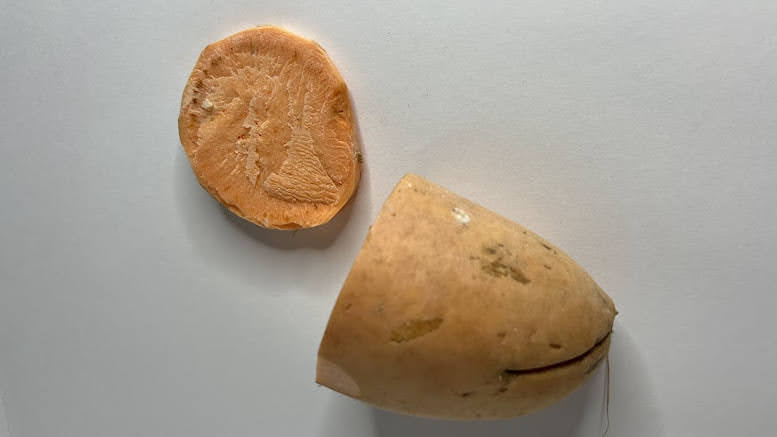Taro, known scientifically as Colocasia, is a tropical plant cherished for its versatile culinary applications.
Taro’s primary edible component is the corm, while the leaves are also consumed, albeit less commonly. Despite its ornamental relatives like elephant ear and Caladium, taro’s significance lies in its role as a staple food in many tropical regions worldwide. In Hawai’i, for instance, taro forms the basis of the traditional dish poi, showcasing its cultural and nutritional importance.
Consuming raw taro can pose health risks due to the presence of raphides in its cells, which can cause severe gastrointestinal discomfort if not properly processed. Consequently, cooking methods such as stewing or stir-frying are employed to neutralize these compounds, rendering taro safe for consumption. Moreover, taro cultivation methods vary depending on geographical factors, with some varieties suitable for growth in upland areas, expanding its reach beyond its tropical origins to regions like Korea and Japan.
In Asian cuisine, taro roots are prized for their unique flavor and texture, adding depth to a variety of dishes. Popular varieties like Lehua maoli and Bun long are favored for their culinary versatility, with Bun long, also known as Chinese taro, being particularly sought after for making taro chips. Additionally, taro’s significance extends beyond its culinary uses, with certain varieties valued for their ornamental qualities, contributing to the cultural landscape in regions like Africa, where taro is known as “taro cocoyam.”

